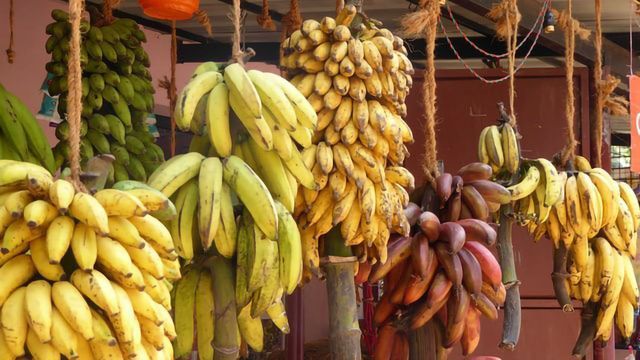Trending News
News

News
Rethinking the Workings of Vital Hormone Receptors
Scientists have outlined a new paradigm to explain the activation of Type II receptors. These receptors play important roles in our body’s use of cholesterol and glucose, among other critical processes.

News
Bacillus Strains Could Help To Protect Banana Crops
The Fusarium wilt is a fungus that attacks the banana plant and causes the plant to dry up and die. One of the most dangerous strains is the Tropical Race 4 (TR4) and it seriously threatens banana production globally. Scientists have explored disease-biocontrol agents of five Bacillus strains that display antibiotic ability against TR4.

News
Chromosome Positioning in Sperm Is Visualized
Researchers have described chromosome positioning during the formation of spermatozoa. The study will allow studying 3D models of chromosomal territoriality and how its alterations can affect fertility.

News
Molecular Atlas Reveals How Brain Cells Develop
Using a combination of powerful sequencing techniques and mathematical methods, EPFL researchers have traced the genetic programs that direct the development of each cell in the brain. This molecular map could help researchers to understand how the brain develops and provide insights into a range of conditions, including brain tumors and neurodevelopmental disorders.

News
The Fight To Adapt as an Asexual Invasive Species
Without the benefits of evolutionary genetic variation that accompany meiotic reproduction, how does an asexual invasive species adapt over time to a new environment to survive?

News
Latent Regenerative Potential of the Inner Ear Explored
Scientists have identified a natural barrier to the regeneration of the inner ear’s sensory cells, which are lost in hearing and balance disorders. Overcoming this barrier may be a first step in returning inner ear cells to a newborn-like state that’s primed for regeneration.

News
Study Reveals Sunlight as a Source of DNA Mutations in Melanoma
Researchers have shown that in melanoma, damage from sunlight primes the DNA by creating "premutations" that become full mutations during DNA replication.

News
Tiny Wireless Device Illuminates Brain Activity
Researchers are creating new tools for optogenetics, a method that shines a light on specific neurons in the brain to excite or suppress activity. Optogenetics experiments are aimed at increasing understanding of how the brain works, allowing scientists to develop and test potential cures for illnesses such as neurodegenerative diseases.

News
Two Strands of RNA Are Tougher Than One
Research has upended common assumptions about the chemical stability of double-stranded RNA that may prove useful to fields from agriculture to medicine. The lab’s findings even may have implications for our understanding of the origins of life.

News
A More Comprehensive Understanding of the SARS-CoV-2 Spike Protein
The spike protein is found on the surface of SARS-CoV-2 and is responsible for its entry into host cells. Because of this function, it is the focus of most COVID-19 vaccines. A study has revealed foundational characteristics of the spike protein.
Advertisement




